Affiliate links on Android Authority may earn us a commission. Learn more.
Bluetooth audio codecs: A guide to earbud audio quality
October 29, 2023
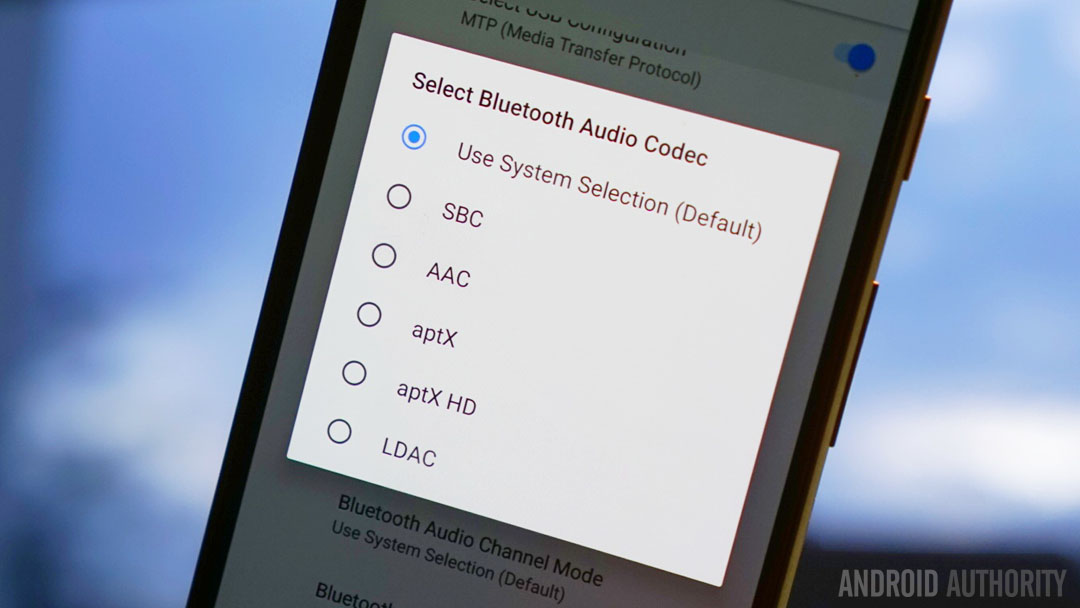
Smartphone manufacturers all but took away our beloved phones with headphone jacks. Now we’re left buying admittedly great wireless earbuds hand over fist. But listening to music is no longer a straightforward plug-and-play experience. Instead, we must ensure the buds support the same features as our smartphones to ensure the best audio quality. Wireless earbuds offer plenty of conveniences, but there’s some confusion around Bluetooth codecs. We’ll get you up to speed on everything you need to know about any Bluetooth audio codec. By the end of this, you’ll be able to match the right audio codec to your needs.
Do you make a point to consider Bluetooth codecs when buying headphones?
What is a Bluetooth codec?

A Bluetooth audio codec is a digital encoder and decoder that compresses audio data as it’s transferred from your phone to your wireless earbuds. Ideally, a source device (e.g. a smartphone) will send a high-fidelity audio signal to the receiver (e.g. earbuds) without dropping the connection.
Before we go further, here are some audio terms you will want to familiarize yourself with:
- Sample rate (Hz): The sample rate, or sampling frequency, indicates the number of times a file is sampled within one second. A common sample rate is 44.1kHz. This means the audio is sampled a bit more than twice the limit of human hearing (20kHz), exactly what you need for perfect audio capture. Higher sample rates will capture higher frequencies, but you can’t hear them.
- Bit depth (-bit): This denotes the number of bits of information (1s and 0s) in each sample. Common audio bit depths are 16, 24, 32, and occasionally 64-bit. A higher bit depth contains more information than a lower bit depth. Going from 16-bit to 24-bit audio doesn’t yield more accurate audio. Instead, this jump in bit depth increases the noise floor.
- Bitrate (kbps): The bitrate represents the number of bits processed in a unit of time (typically seconds). This is written as “kbps,” and a common bitrate. An uncompressed, 16-bit/44.1kHz audio file is 1,411kbps. There are diminishing returns with high bitrates.
When checking out your buds’ Bluetooth codec specs, don’t get too caught up in the “bigger is better” mentality. Humans cannot perceive anything above 16-bit/44.1kHz audio; we can only register that if we have perfect hearing. Considering hearing abilities decrease with age, it’s likely that you and I have some damaged stereocilia. On top of that, these high-bitrate Bluetooth codecs (24-bit or greater) are not always lossless. For now, most of us are stuck with lossy audio because of Bluetooth’s current bandwidth limitations.
Limited human hearing aside, transferring more data also risks creating an unstable connection. There may be a greater chance of interference if you’re in a busy area full of other people using wireless earbuds. A lower bitrate offers more connectivity headroom but also means the audio file is more compressed than a high bitrate file, but not all compression is equal.
When shopping for Bluetooth codecs, remember human hearing has its limits. Sometimes a stable connection is better than the highest bitrate.
Then there’s the issue of Bluetooth latency. Years ago, there was a marked variation between popular smartphones and their Bluetooth latency measurements. According to data from Google, the average latency of the most popular Android devices was 109ms in 2017 but the most popular phones in 2021 averaged 39ms. This is quite an improvement as most people can’t perceive latency less than 20ms, but latency is something to keep in mind, particularly for gaming.
Bluetooth audio codec specifications
| Codec | Max bit depth | Max sample rate | Bitrate |
|---|---|---|---|
| Codec SBC | Max bit depth 16-bit | Max sample rate 48kHz | Bitrate up to 328kbps |
| Codec AAC | Max bit depth 16-bit | Max sample rate 44.1kHz | Bitrate 256kbps |
| Codec aptX | Max bit depth 16-bit | Max sample rate 48kHz | Bitrate 352kbps |
| Codec aptX HD | Max bit depth 24-bit | Max sample rate 48kHz | Bitrate 576kbps |
| Codec aptX Adaptive | Max bit depth 24-bit | Max sample rate 96kHz | Bitrate 279-420kbps (dynamic) |
| Codec aptX LL (Low Latency) | Max bit depth 16-bit | Max sample rate 48kHz | Bitrate 352kbps |
| Codec aptX Lossless | Max bit depth 16-bit (lossless) 24-bit (lossy) | Max sample rate 44.1kHz (lossless) 96kHz (lossy) | Bitrate 140kbps to >1Mbps (dynamic) |
| Codec LC3 | Max bit depth 32-bit | Max sample rate 48kHz | Bitrate 160-345kbps (dynamic) |
| Codec LDAC | Max bit depth 24-bit | Max sample rate 96kHz | Bitrate 330/660/990kbps |
| Codec LHDC | Max bit depth 24-bit | Max sample rate 96kHz | Bitrate 400/560/900kbps |
| Codec LHDC-V | Max bit depth 24-bit | Max sample rate 192kHz | Bitrate 1.2Mbps |
| Codec LLAC | Max bit depth 24-bit | Max sample rate 48kHz | Bitrate 400/600kbps |
| Codec Samsung Seamless Codec | Max bit depth 24-bit | Max sample rate 48kHz | Bitrate 88-512kbps (dynamic) |
What are the available Bluetooth audio codecs?
There are many Bluetooth codecs, including SBC, Qualcomm’s aptX suite, AAC, LHDC/LLAC, Samsung’s Seamless and Scalable Codecs, Sony LDAC, and LC3. All Bluetooth codecs require end-to-end support, meaning your phone and earbuds must use the same codec. Let’s go over each one.
SBC (Low-complexity sub-band codec)
All Bluetooth audio devices must support SBC. While SBC’s audio quality isn’t the best, its universal support guarantees that your phone can “talk” to your earbuds, headphones, or speakers. SBC data transfer speeds top out at 345kbps at 16-bit/48kHz.
Qualcomm aptX, aptX HD, aptX Adaptive, aptX LL
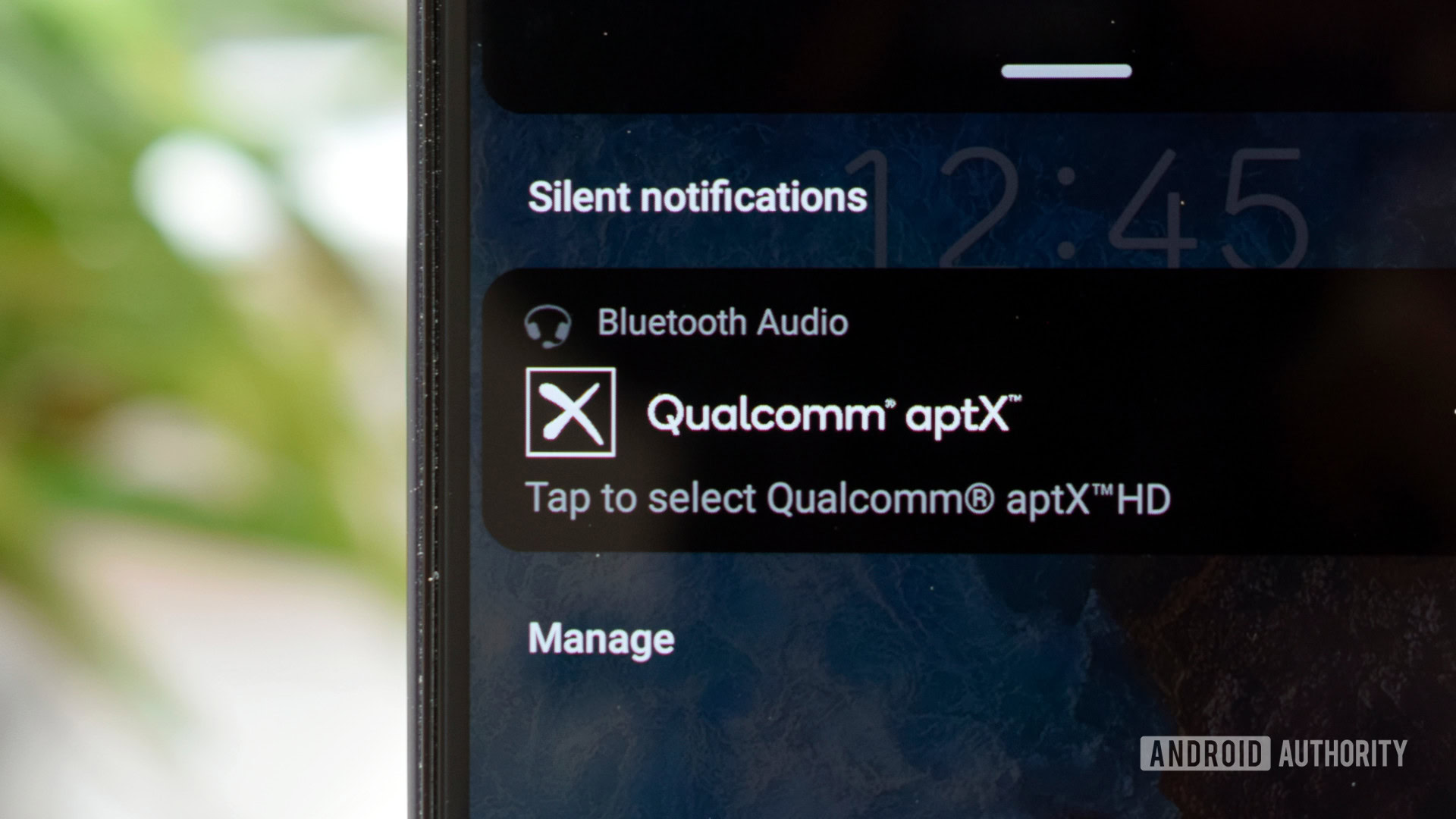
Then there’s Qualcomm’s host of proprietary aptX codecs: aptX, aptX Adaptive, aptX Lossless, aptX Low Latency, and aptX HD. This suite of codecs is licensed out to many Android devices, and listeners seek out aptX codecs for better audio quality and lower latency than SBC. Apple’s iPhones lack aptX, and no Pixel phone currently supports aptX Adaptive.
For slightly higher audio quality than SBC, pick up a pair of aptX headphones. aptX alone supports 16-bit/48kHz audio data (352kbps). aptX Adaptive scales the bitrate from 279-420kbps as you listen, which is great for connection stability. This codec is more efficient than HD or Low Latency and always attempts to deliver the best audio quality and connection strength. aptX Adaptive’s optimal performance reaches 24-bit/96kHz.
aptX Adaptive combines the capabilities of aptX HD and aptX Low Latency.
aptX Lossless is technically an extension of aptX Adaptive and is available with Snapdragon Sound devices. You get 1.2Mbps lossless audio playback maxing out at 16-bit/44.1kHz. aptX Lossless dynamically scales from 120kbps to 1.2Mbps. You can stream lossy audio at 96kHz too. Curious readers can view a live list of phones and earbuds that support Snapdragon Sound.
Then we have aptX HD and aptX Low Latency (LL). With aptX LL, you can enjoy a mere 40ms of latency, ideally for gaming and live broadcast environments. It is a 16-bit/48kHz codec with a max bitrate of 353kbps. aptX HD streams up to 24-bit/96kHz audio at 576kbps. Unlike the Adaptive codec, aptX HD is not variable.
AAC (Advanced audio coding): The best codec for iPhone users
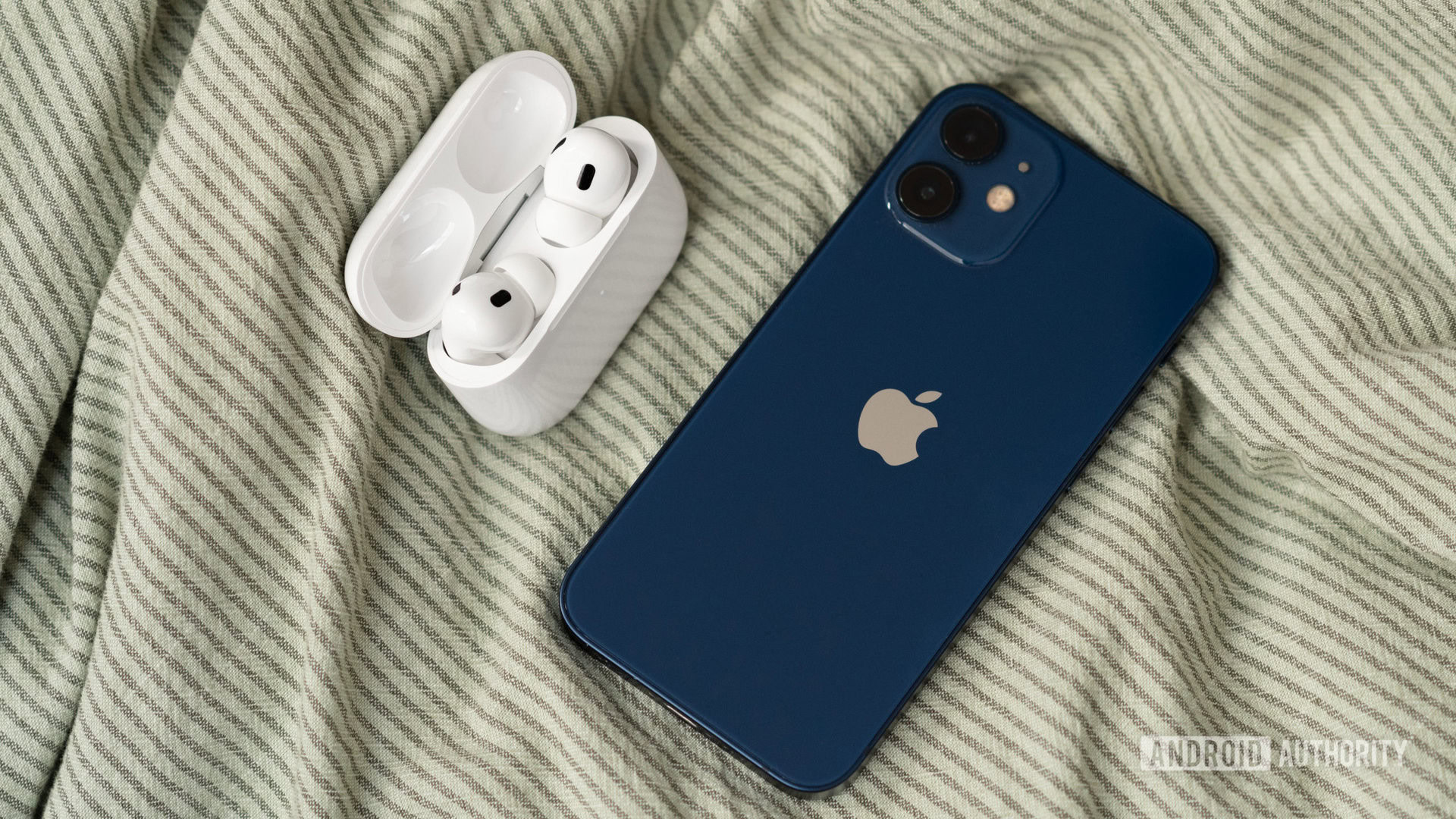
AAC is everywhere and is almost as predominant as SBC. This is the best audio codec for iPhone owners and uses lossy digital compression. AAC is a 16-bit Bluetooth audio codec with a max sample rate of 44.1kHz and 250kbps bitrate. Although Android supports AAC, its performance is historically underwhelming because of inconsistent streaming quality. Your mileage may vary depending on your Android smartphone when streaming over AAC.
Apple audio devices use AAC so it’s the de facto Bluetooth codec on iPhone and iPad. Some third-party audio brands may offer their own apps with the ability to switch to a different Bluetooth codec. However, you don’t get the same flexibility as Android.
SSC (Samsung Seamless Codec)
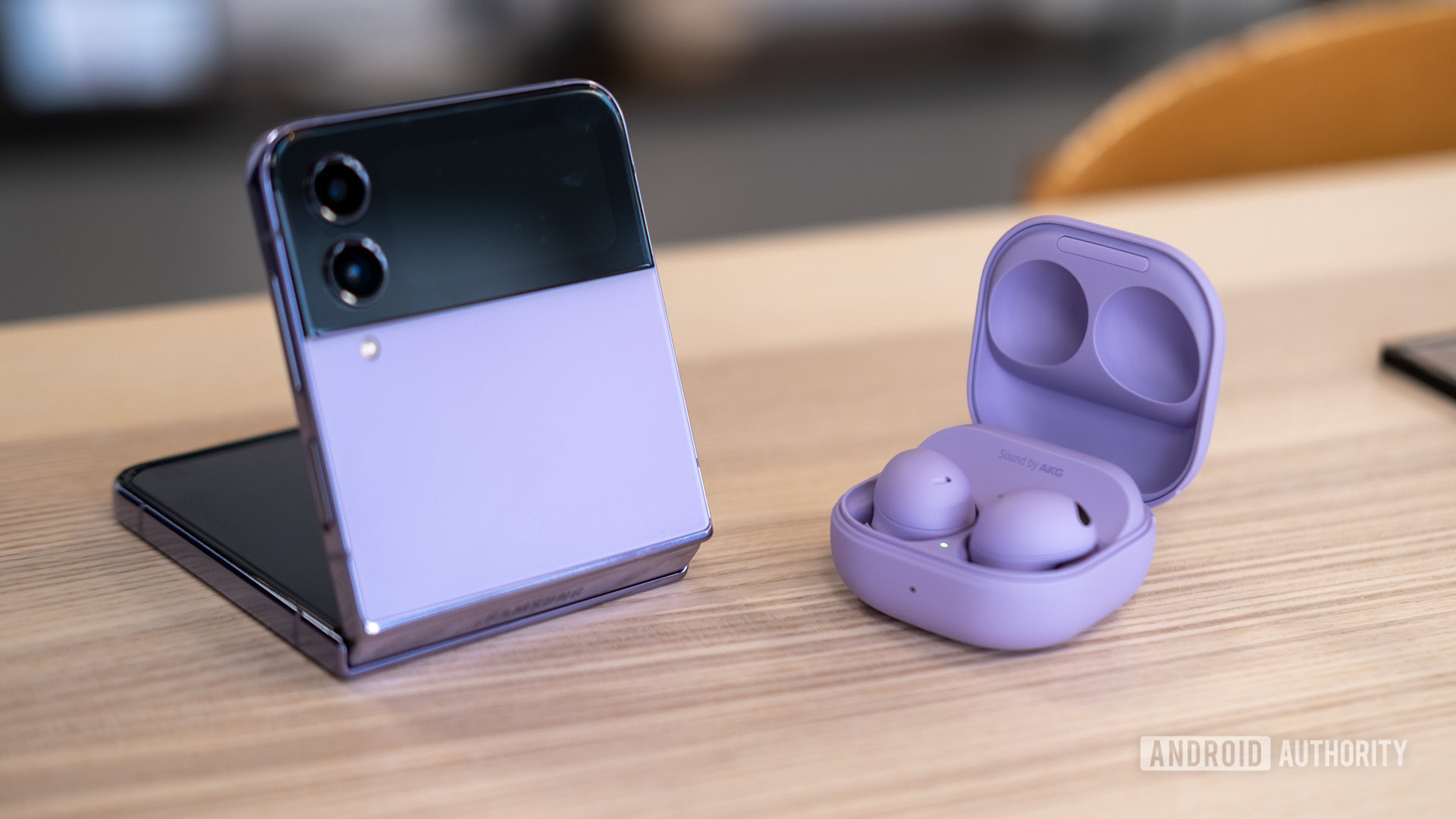
The Samsung Seamless Codec is limited to Samsung devices. Like the beloved aptX Adaptive codec, these codecs are variable (88-512kbps). In 2022, Samsung updated and renamed the Samsung Scalable Codec to the Samsung Seamless Codec. The two biggest changes include an increased bit-depth from 16-bit to 24-bit and an increased sample rate (44.1kHz to 48 kHz).
Unlike aptX Adaptive, these codecs only work with Samsung Galaxy Buds paired to a compatible Samsung device. To enjoy the Seamless Codec, you’ll need a pair of Galaxy Buds and a phone running One UI 3.0 or later. The only way to hear the Seamless Codec’s 24-bit audio playback is to pair the Buds 2 Pro with a Samsung device running One UI 4.0 or later.
Sony LDAC
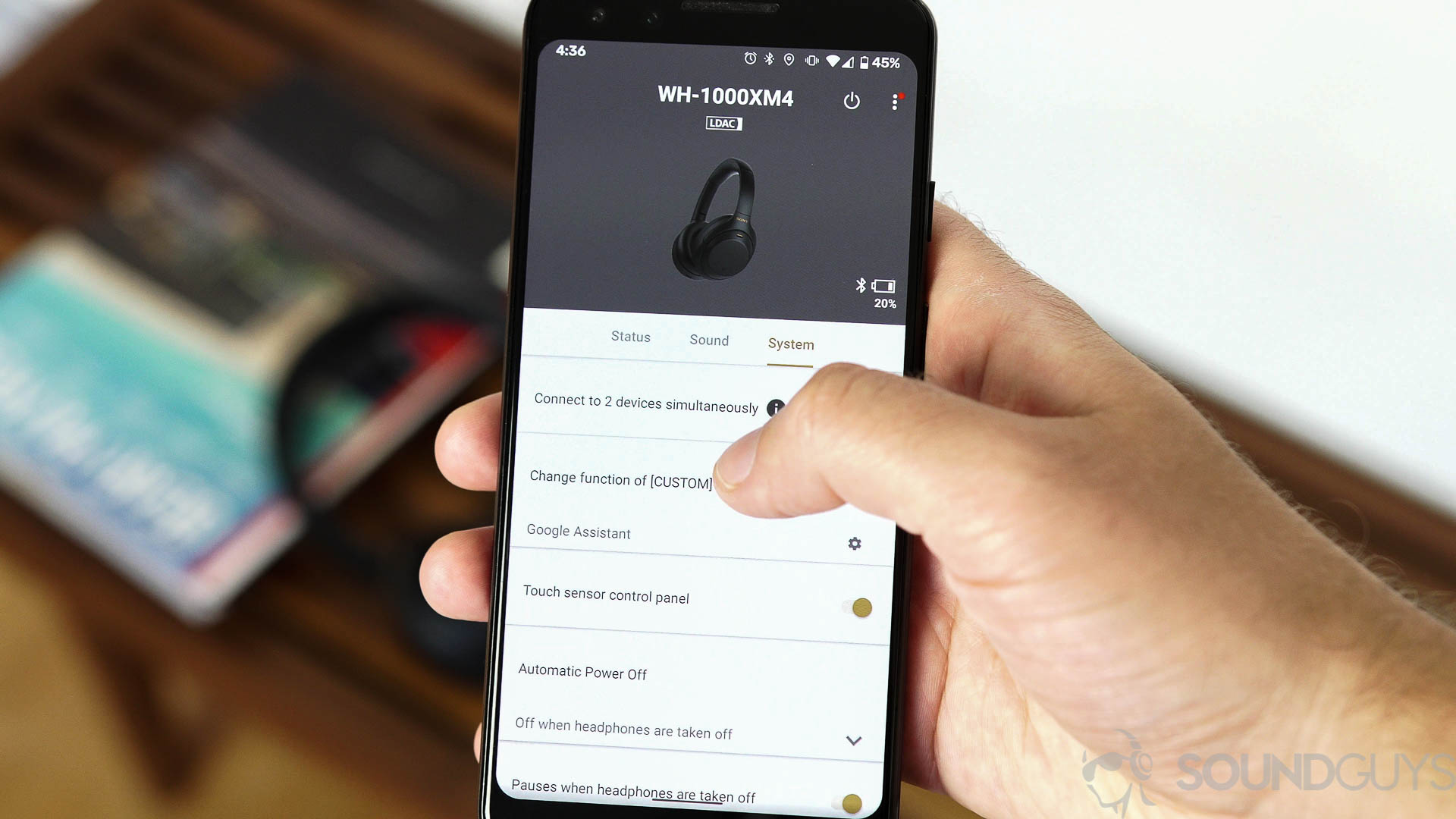
Sony’s LDAC supports 24-bit/96kHz audio and has a variable bitrate with three switchable modes: 990kbps, 660kbps, and 330kbps. Historically, the two highest bitrates lost fidelity above 20kHz, so they are only so useful for Hi-Res playback but are still considered good-quality overall.
LDAC 330kbps tends to be more stable than the 660kbps and 990kbps options but does offer lower sound quality. Therefore, many devices will default to the 330kbps mode. This is particularly true in congested listening environments. You can force the higher bitrate options through your Android phone’s Developer Options.
Upon its release, LDAC was a rare Bluetooth audio codec reserved for only the premier headphones and earbuds. Nowadays, some more budget-friendly earbuds even support LDAC. LDAC is incorporated in Android AOSP, meaning virtually all smartphones support the technology.
HWA Alliance: LHDC, LHDC-V, and LLAC codecs
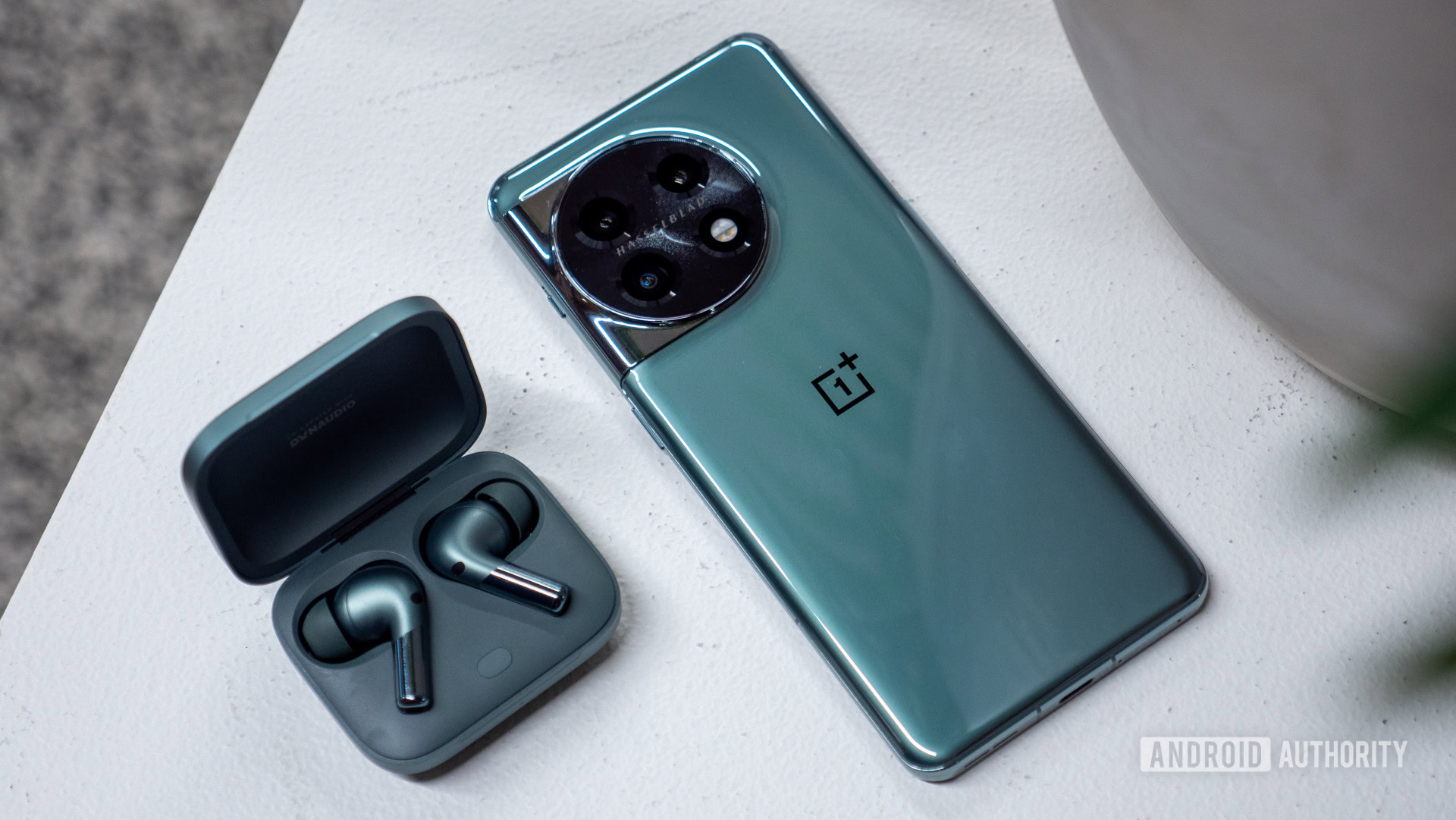
Developed by the Hi-Res Wireless Audio (HWA) Union and Savitech, the low latency HD audio codec (LHDC) functions like Sony’s LDAC. It’s another 24bit/96kHz lossy codec that can transmit 900kbps audio. Most devices running Android 10 or later can use LHDC. We first saw LHDC on Android 10, but some smartphones, like Samsung Galaxy and Google Pixel phones, don’t have it. Announced in December 2022, LHDC-V (aka LHDC 5.0) ups the audio resolution to 24-bit/192kHz at 1Mbps.
Another HWA codec: the low-latency audio codec (LLAC/LHDC LL), is a viable alternative to LHDC. It has very low latency (30ms) and supports 400/600kbps bitrates at up to 24-bit/48kHz.
Bluetooth LE Audio LC3 codec
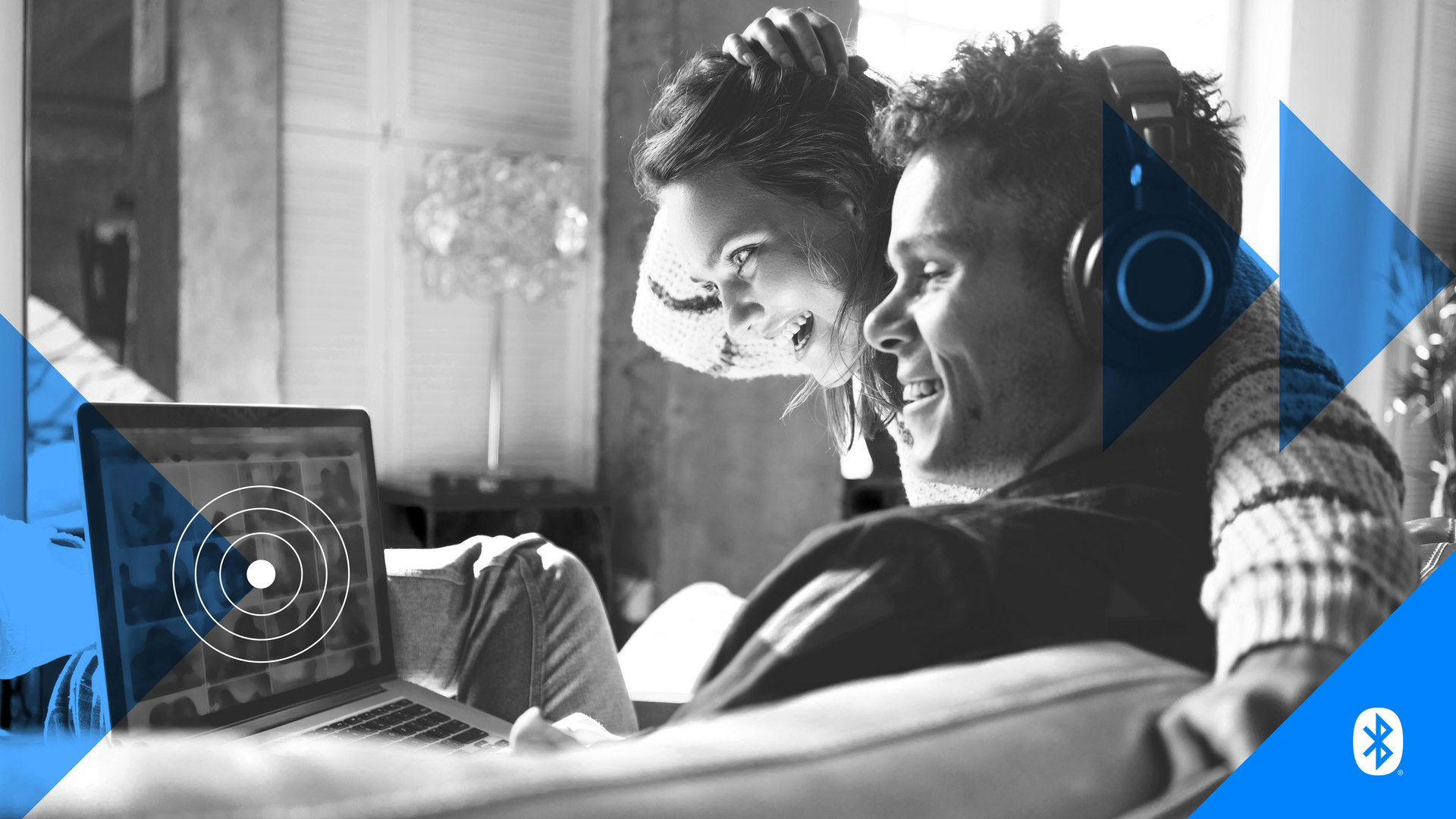
Bluetooth Low Energy (LE) Audio begets the Low Complexity Communication Codec (LC3), which is all about efficiency and stability. LC3 can compress 345kbps data streams to 160kbps. This is more efficient than the old SBC standard, which compresses 345kbps to 240kbps. Not only does LC3 preserve more audio data than SBC, but it’s also more efficient. Like aptX Adaptive and Samsung’s codecs, LC3 is a scalable codec that adjusts the bitrate to maintain a stable connection.
With Auracast, LE Audio benefits the hard-of-hearing community. Those with hearing aids can directly stream audio from the source — like how you stream audio from a phone to earbuds — rather than hear it through the microphones in their hearing aids.
Bluetooth's own LC3 provides better audio quality than SBC and is more efficient.
For LE Audio, you must have a compatible device with Bluetooth 5.2. The LC3 codec will be mandatory for all LE Audio products. However, Classic Audio and LE Audio will be able to work together on a single handset. Android 13 added support for Bluetooth LE Audio in 2022. Now earbuds come with LC3 support like the OnePlus Buds Pro 2. Bluetooth LE Audio and LC3 aren’t perfect, though, and we have a ways to go until they’re ubiquitous.
Will lossless Bluetooth audio be standard in the future?
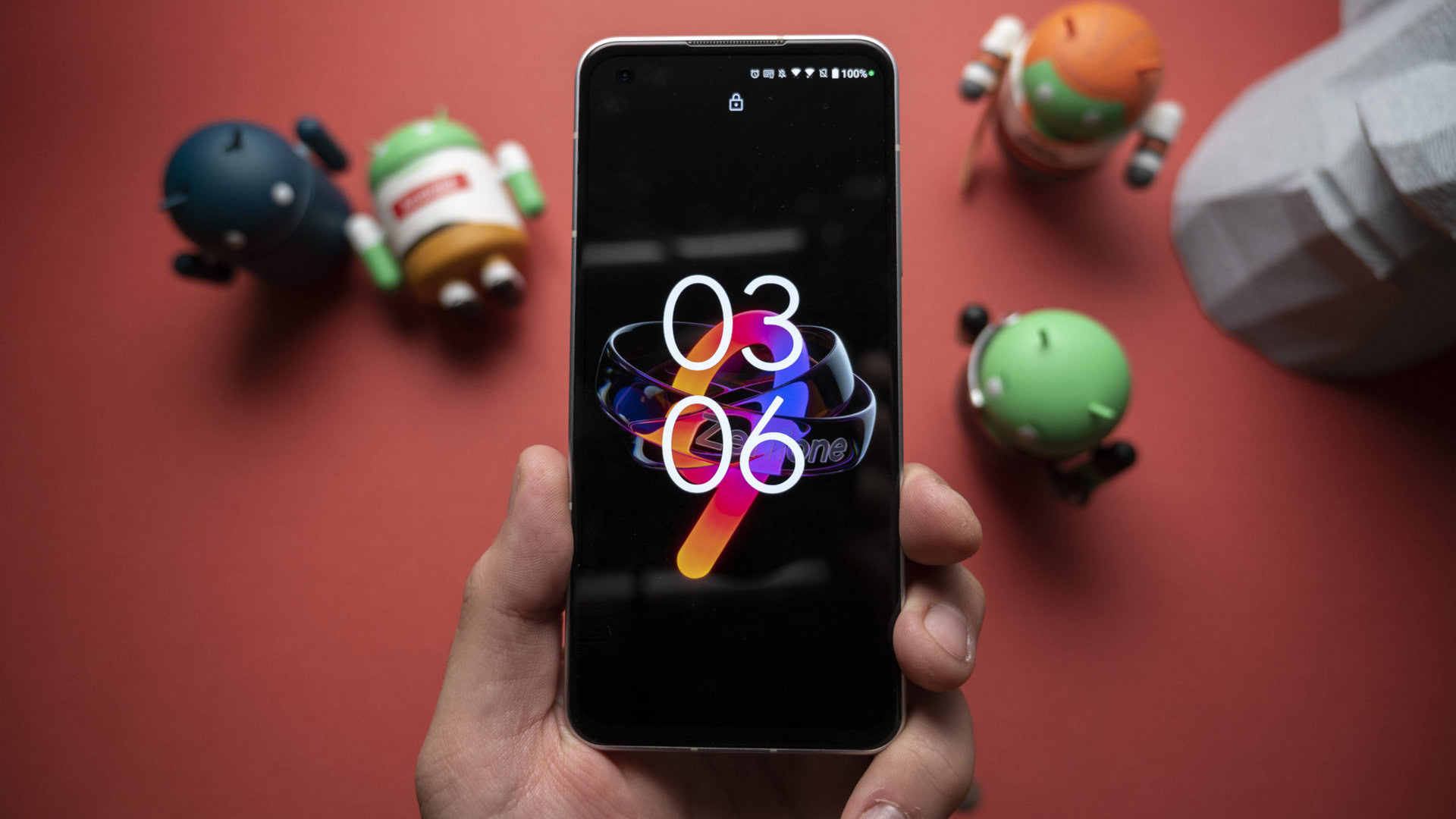
While historical Bluetooth codecs have been lossy, lossless wireless audio is already out of the bag. A number of smartphone makers, including Motorola, Sony, and Xiaomi, have joined the Snapdragon Sound platform for lossless Bluetooth playback. A number of phones with the latest Snapdragon processors and certified radio capabilities will work with aptX Lossless too. Earbuds must use the Snapdragon S3 and S5 chips to receive aptX Lossless.
At the end of 2022, OPPO announced a new Bluetooth audio SoC that can transmit 24-bit/192kHz lossless audio. This news also included the ultra-resolution lossless codec (URLC). We expect the new SoC and URLC in a future round of OPPO flagships. Elsewhere in the audio market, the Nothing Ear 2 supports LHDC 5.0 for 24-bit/192kHz audio at 1Mbps. That said, you’ll need a smartphone that supports LHDC to stream over this codec.
Lossless Bluetooth audio is still in its infancy; as you can see, few products support this today. However, lossless audio will become more prevalent in the coming years.
Can you hear a difference between Bluetooth codecs like LDAC and SBC?
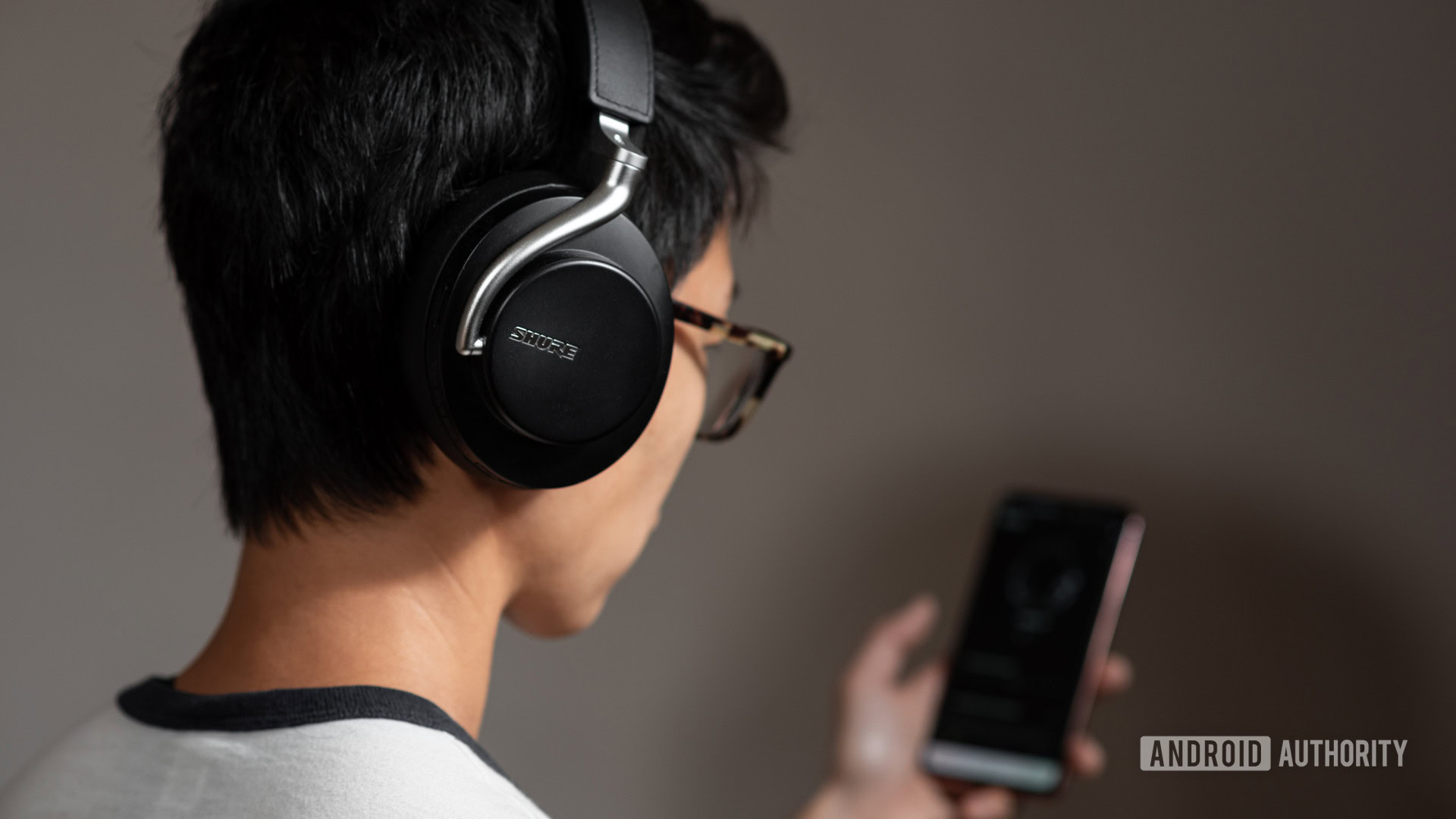
Well, yes and no. If you suffer from noise-induced hearing loss or are listening in a particularly noisy environment, you’ll unlikely discern the differences between LDAC (990kbps) and SBC — or any other options. That said, high-quality codecs have more benefits than sound quality, namely responsiveness and connection stability. If you’ve skipped a track via your headphones’ onboard controls only to wait a second before the next song began playing, your device was probably streaming over SBC. This lag can be so dramatic that it sullies late-night show hosts’ jokes, revealing the punchline a second in advance. Granted, compensation is built in to keep video and audio in sync. This preemptive calculation doesn’t completely negate skips and hiccups, though.
Ultimately, this barrage of information is hard to keep straight. To summarize, aptX and LDAC are Android users’ best codecs. Meanwhile, iPhone users should stick to AAC-supported headphones. Now that you have a solid grasp of audio codecs, it’s time to learn about video codecs.
Top Bluetooth audio codec questions and answers
If you have an iPhone, you don’t have aptX support, so AAC is your best bet. If you have an Android phone, aptX can offer higher-quality audio than AAC.
Under ideal conditions, you’ll get higher bitrates from LDAC than aptX. That said, you may notice more latency with LDAC compared o aptX.
This depends on your handset. AAC consistently transmits high-quality audio on iPhones, but this hasn’t historically been the case across Android hardware. Depending on your Android phone, SBC can actually be more reliable and high-quality than AAC.
A wide range of Android devices support Qualcomm’s aptX codecs, unlike Samsung’s proprietary codecs that require a Samsung handset and buds. aptX Adaptive is one of the best Bluetooth codecs for Android because it supports high transmission rates and dynamically adjusts the audio transfer rates to maintain good connection stability.
If you have a Samsung phone running One UI 3.0 or later, you can use the Samsung Scalable Codec with a pair of Samsung Galaxy Buds. If you have a phone running One UI 5.0 or later and the Galaxy Buds 2 Pro, you can use the 24-bit Seamless Codec. If you don’t have Samsung Galaxy Buds but a Samsung phone, aptX or LDAC will be your best bet.
Something else to be aware of is psychoacoustics. This is the study of how humans perceive sound and is profoundly complicated. To abbreviate the matter: a psychoacoustic model is applied to digital media. It determines what data points can be compressed or deleted without notable sound quality degradation. If you want to impress your friends at Wednesday night trivia, tell them how psychoacoustics held the door for the MP3 format and compression, which has influenced subsequent audio formats.
Thank you for being part of our community. Read our Comment Policy before posting.